Home>diy>Architecture & Design>How To Add Mid-Century Styling To Design House
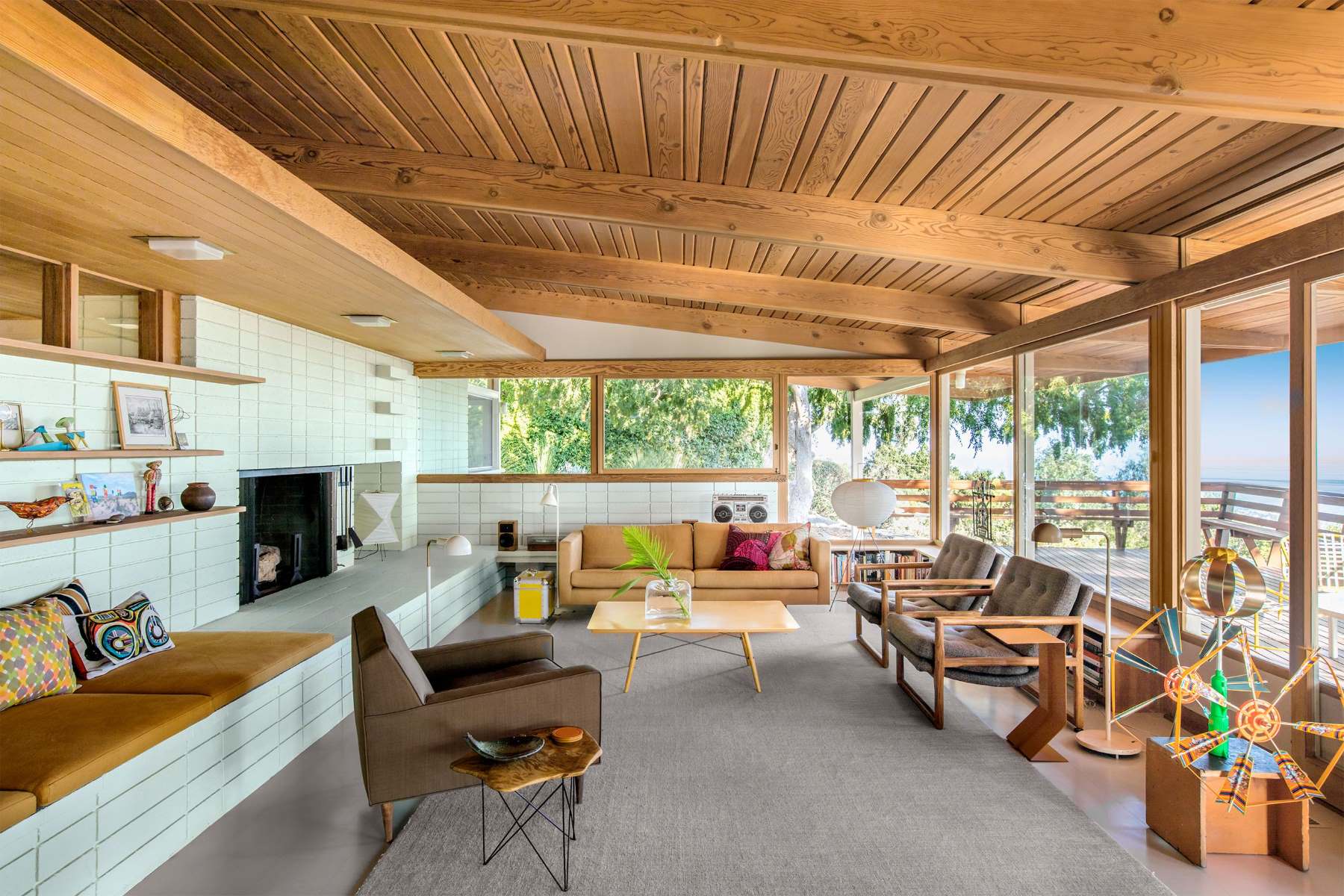

Architecture & Design
How To Add Mid-Century Styling To Design House
Modified: January 9, 2024
Learn how to incorporate mid-century styling into your architecture design projects to create a timeless aesthetic for your home or office.
(Many of the links in this article redirect to a specific reviewed product. Your purchase of these products through affiliate links helps to generate commission for Storables.com, at no extra cost. Learn more)
Introduction
Welcome to the world of Mid-Century styling! If you’re looking to add a touch of timeless elegance and sophisticated design to your house, then embracing the Mid-Century aesthetic is the way to go.
Mid-Century styling refers to the design trends popularized between the 1930s and 1960s. It is characterized by clean lines, organic shapes, minimalist principles, and a blend of functionality and artistic expression. This design movement has stood the test of time, remaining a popular choice for homeowners and designers alike.
In this article, we will explore the key elements of Mid-Century styling and provide practical tips on how to incorporate this iconic design into your home. From selecting the right furniture pieces to choosing colors and patterns, we will guide you through the process of transforming your house into a Mid-Century masterpiece.
So, whether you’re a fan of the classic elegance of the Mad Men era or simply appreciate the timeless beauty of Mid-Century design, let’s dive in and discover how to add Mid-Century styling to your home.
Key Takeaways:
- Embrace the timeless elegance of Mid-Century styling by incorporating clean lines, organic shapes, and iconic colors to create a harmonious and inviting atmosphere in your home.
- Transform your space into a Mid-Century masterpiece by carefully selecting furniture, embracing minimalist design principles, showcasing organic shapes and materials, and incorporating iconic art and accessories.
Read more: What Is Mid Century Furniture
Understanding Mid-Century Styling
Before delving into the specifics of Mid-Century design, it’s important to have a clear understanding of its defining characteristics. Mid-Century styling emerged during a time of post-war optimism and technological advancement, resulting in a design movement that embodies both functionality and timeless elegance.
One of the prominent features of Mid-Century styling is its emphasis on clean lines and simplicity. Furniture and architectural elements are sleek and streamlined, free from unnecessary ornamentation. This minimalist approach creates a sense of openness and allows the beauty of the materials and craftsmanship to shine.
Another important aspect of Mid-Century design is the use of organic shapes and natural materials. Inspired by the beauty of nature, designers incorporated curves, geometric forms, and asymmetrical lines into their creations. Wood, particularly teak and walnut, was a popular material choice for furniture, flooring, and wall paneling, as it added warmth and natural beauty to the space.
In terms of color schemes, Mid-Century styling embraces a palette that ranges from earthy tones to bold, vibrant hues. Neutral colors such as white, gray, and beige provide a clean backdrop while allowing pops of color to stand out. Iconic Mid-Century colors like mustard yellow, avocado green, and burnt orange can be incorporated through furniture, accessories, and accent walls.
Mid-Century styling also incorporates a sense of functionality and practicality. Furniture pieces are designed with a focus on usability, with storage solutions built into the design. Multi-functional pieces, such as modular shelving units and convertible sofas, were popular choices to maximize space in smaller homes.
By understanding these fundamental principles of Mid-Century styling, you are better equipped to bring this timeless aesthetic into your home. In the following sections, we will explore specific ways to incorporate Mid-Century design elements into different areas of your house, from furniture selection to color choices and accessory placement.
Selecting the Right Furniture
When it comes to embracing Mid-Century styling, selecting the right furniture pieces is crucial. The furniture you choose will be the centerpiece of your Mid-Century-inspired space, setting the tone for the entire design.
Opt for furniture with clean lines and smooth surfaces. Look for pieces that feature tapered legs, which are a signature element of Mid-Century design. Chairs and sofas with angled legs create a sense of lightness and visual interest. Additionally, consider furniture with exposed frames, as this adds an extra level of architectural detail.
While wood is a popular material choice in Mid-Century furniture, consider incorporating other materials as well. For instance, molded plastic chairs and fiberglass shell chairs were iconic pieces in Mid-Century design. These materials not only add variety to the space but also provide durability and easy maintenance.
When it comes to upholstery, opt for fabrics with texture and patterns that were popular during the Mid-Century era. Think geometric designs, abstract patterns, and bold colors. Textured fabrics like tweed and bouclé also add depth and visual interest to the furniture.
Another important consideration is the scale of the furniture. Mid-Century design was all about creating a harmonious balance between form and function. Choose furniture that is proportionate to the size of your room. Oversized furniture can overwhelm the space, while small-scale pieces may get lost in larger rooms. Strike a balance that allows each piece to stand out while creating a cohesive and inviting atmosphere.
Finally, don’t be afraid to mix and match different furniture styles. While staying true to the Mid-Century aesthetic, you can incorporate modern or contemporary pieces for a more eclectic look. Just make sure the overall design maintains an air of cohesiveness and balance.
By carefully selecting the right furniture pieces, you can create a Mid-Century-inspired space that is not only visually appealing but also comfortable and functional.
Incorporating Iconic Colors and Patterns
One of the most distinctive features of Mid-Century styling is its use of iconic colors and patterns. These vibrant hues and bold designs add a touch of personality and liveliness to any space. Incorporating them into your design will help to capture the essence of the Mid-Century era.
When it comes to color palettes, Mid-Century design embraces a wide range of options. Neutral colors such as white, gray, and beige are often used as a base to create a clean and timeless backdrop. These neutral tones allow the iconic Mid-Century colors to take center stage.
Mustard yellow, avocado green, and burnt orange are some of the well-known colors that came to define the Mid-Century era. These warm and earthy hues bring a sense of nostalgia and evoke the spirit of the time. Incorporate them in your space through accent walls, upholstery, or accessories to create a vibrant and inviting atmosphere.
Another way to infuse iconic colors into your Mid-Century design is through the use of accessories and decor. Look for pillows, rugs, and curtains that feature geometric patterns or abstract designs. These patterns were popular during the Mid-Century era and add a playful touch to your space.
In addition to colors and patterns, consider incorporating iconic Mid-Century materials into your design. Teak and walnut wood, often used in furniture manufacturing, bring warmth and natural beauty to the space. Look for furniture pieces with interesting wood grain patterns, showcasing the craftsmanship that defined the era.
To tie the colors and patterns together, consider adding artwork to your walls. Abstract paintings or prints featuring vibrant colors perfectly complement the Mid-Century aesthetic. Don’t be afraid to mix and match different art styles, as long as they harmonize with the overall design theme.
By incorporating iconic colors and patterns into your Mid-Century design, you can create a visually captivating space that celebrates the spirit of the era. Be bold, experiment with different color combinations, and have fun infusing your personal style into the design.
Embracing Minimalist Design Principles
In the world of Mid-Century design, less is often more. Embracing minimalist design principles is a key aspect of creating an authentic Mid-Century-inspired space. By stripping away unnecessary clutter and focusing on clean lines and simplicity, you can achieve a timeless and elegant aesthetic.
Start by decluttering your space and removing any items that are not essential. Mid-Century design emphasizes the use of open spaces, allowing furniture and architectural elements to take center stage. Clear out excessive decorations and keep only the key pieces that contribute to the overall design theme.
When selecting furniture, opt for pieces with sleek and streamlined silhouettes. The beauty of Mid-Century design lies in its simplicity and functionality. Look for clean lines and minimal ornamentation. Avoid furniture with excessive decorative elements or complicated designs.
Create a sense of visual symmetry in your space by arranging furniture in a balanced and organized manner. Group furniture pieces together to define specific areas within a room. Consider the flow of the space and how you move through it. Mid-Century design is all about functionality and creating a harmonious balance.
Incorporate storage solutions that seamlessly blend into the design. Mid-Century styling often features furniture pieces with built-in storage compartments, such as credenzas or sideboards. These functional pieces not only provide additional storage but also contribute to the clean and minimalist aesthetic.
When it comes to color schemes, stick to a palette of neutral tones. The Mid-Century era favored colors like white, beige, and gray as a backdrop to showcase furniture and architectural features. By keeping the color palette simple, you allow the beauty of the design elements to shine.
Pay attention to lighting in your space. Mid-Century design often incorporates natural light as much as possible. Opt for sheer curtains or blinds that let in ample daylight. When artificial lighting is needed, consider pendant lights or floor lamps with organic shapes and clean lines that fit seamlessly into the overall design.
Last but not least, remember that minimalism doesn’t mean lack of personality. Incorporate personal touches through carefully selected accessories and artwork. Choose pieces that are meaningful to you and complement the overall Mid-Century design theme.
By embracing minimalist design principles in your Mid-Century-inspired space, you can create a visually appealing and harmonious environment that exudes timeless elegance. Focus on simplicity, balance, and functionality to achieve a truly authentic Mid-Century aesthetic.
Incorporate mid-century furniture and decor elements such as clean lines, organic shapes, and bold colors. Mix in vintage pieces with modern ones for a balanced look.
Showcasing Organic Shapes and Materials
One of the defining characteristics of Mid-Century styling is its emphasis on organic shapes and materials. Inspired by nature, Mid-Century design incorporates curves, asymmetrical lines, and natural materials to create a harmonious and inviting space.
When selecting furniture for your Mid-Century-inspired room, look for pieces that feature organic shapes and fluid lines. Opt for chairs with curved backs, sofas with flowing arms, and tables with rounded edges. These organic shapes add visual interest and create a sense of movement in the space.
In addition to organic shapes, Mid-Century design also celebrates the use of natural materials. Wood, in particular, was a popular choice during this period. Look for furniture made from teak, walnut, or oak, as these woods were commonly used in Mid-Century design. The natural beauty and durability of these materials add warmth and character to your space.
When it comes to flooring, consider using natural materials like hardwood or bamboo. These materials provide a warm and inviting foundation for your Mid-Century-inspired room. Opt for lighter wood tones to create a sense of openness or darker tones for a more dramatic look.
To add further visual interest, consider incorporating other natural materials such as leather, rattan, or cane. A leather sofa or accent chair can add a touch of luxury and sophistication to your space. Cane or rattan furniture pieces, on the other hand, bring texture and a sense of lightness. Consider using these materials in chairs, headboards, or shelving units to create a unique and inviting atmosphere.
When it comes to accessories, look for decorative items made from natural materials such as stone, ceramic, or glass. Geometric vases, marble tabletops, and glass sculptures are all great choices to incorporate organic elements into your space. These accessories can serve as focal points and add a touch of elegance to your Mid-Century design.
By showcasing organic shapes and materials in your Mid-Century-inspired room, you can create a space that feels welcoming, connected to nature, and in harmony with its surroundings. Embrace the beauty of natural materials, and let their textures and shapes be the highlight of your design.
Enhancing Lighting and Fixtures
Lighting plays a crucial role in setting the mood and enhancing the overall aesthetic of your Mid-Century-inspired space. By carefully selecting lighting fixtures and incorporating strategic lighting techniques, you can create a warm and inviting atmosphere that complements your design.
One of the key aspects of Mid-Century lighting is the use of fixtures with clean lines and organic shapes. Look for pendant lights, sconces, or chandeliers that feature sleek designs and smooth curves. Mid-Century lighting often incorporates materials like brushed brass or polished chrome, which add a touch of sophistication to the space.
Consider incorporating iconic Mid-Century lighting designs, like the Sputnik chandelier or the Arco floor lamp, to make a statement in your room. These distinctive fixtures not only provide illumination but also serve as eye-catching works of art that exemplify the spirit of the era.
Maximize natural light in your space by using sheer curtains or blinds that allow light to diffuse softly into the room. Mid-Century design embraces the connection to the outdoors and the use of natural light, so make sure to highlight any existing windows or create new ones if possible.
For artificial lighting, aim for a combination of ambient, task, and accent lighting to create layers of illumination. Ambient lighting provides overall illumination and sets the mood in the room. Consider using a combination of pendant lights or a large flush mount fixture in the center of the space.
Task lighting is important for specific areas where focused lighting is needed, such as reading nooks or workspaces. Opt for adjustable desk lamps or floor lamps that can be directed to the desired area. Anglepoise lamps and multi-head floor lamps are popular choices that fit well within the Mid-Century aesthetic.
Accent lighting helps to highlight specific design features or objects in the room. Consider using track lighting or wall sconces to draw attention to artwork, architectural elements, or focal points in your space. These fixtures create an ambiance and add depth to the overall design.
By paying attention to lighting and fixtures in your Mid-Century-inspired space, you can create a warm and inviting atmosphere that highlights the design elements of the era. Experiment with different lighting options, layer the light sources, and let your creativity shine through.
Creating an Inviting and Functional Layout
When it comes to designing a Mid-Century-inspired space, creating an inviting and functional layout is essential. A well-planned layout will maximize the functionality of the space while maintaining the clean lines and open feel that are characteristic of Mid-Century design.
Start by assessing the size and shape of the room. Consider how you will use the space and what activities will take place in each area. This will help you determine the best layout for your needs.
Mid-Century design often embraces an open floor plan concept, creating a seamless flow between different areas of the room. Avoid placing furniture directly against walls, as it can create a sense of detachment and disrupt the flow. Instead, try floating furniture pieces in the center of the room to create a conversation area or divide the space using area rugs or screens.
Creating distinct zones within your room can help to define specific functions and add interest to the overall design. Use furniture or rugs to delineate areas such as a reading nook, a dining area, or a work zone. By clearly defining these areas, you can enhance the functionality and visual appeal of the space.
Consider the scale of your furniture in relation to the room size. Avoid oversized pieces that overwhelm the space and make it feel cramped. Likewise, don’t overcrowd smaller rooms with too much furniture. Strive for a balance between functionality and a sense of spaciousness.
Keep pathways clear and ensure that there is enough space to move around comfortably. This is particularly important in high-traffic areas such as entryways or hallways. Avoid blocking doorways or obstructing the natural flow of movement within the room. A well-designed layout allows for easy circulation and makes the space feel inviting and accessible.
Take advantage of storage solutions to keep your space organized and clutter-free. Mid-Century design often incorporates furniture pieces with built-in storage, such as sideboards, credenzas, or bookshelves. These functional storage options not only provide a place to keep belongings but also contribute to the overall design aesthetic.
Lastly, don’t forget the importance of comfort in your layout. Mid-Century design is about creating a space that is not only visually appealing but also comfortable to live in. Incorporate plush seating options, cozy rugs, and soft textiles to create a warm and inviting atmosphere.
By carefully planning and creating an inviting and functional layout, you can transform your space into a Mid-Century-inspired haven that seamlessly blends style and practicality.
Incorporating Mid-Century Art and Accessories
Adding the finishing touches to your Mid-Century-inspired space involves incorporating art and accessories that capture the essence of the era. These carefully selected pieces will enhance the overall design and bring a sense of authenticity to your space.
Start by considering Mid-Century artwork, which often features abstract and geometric designs. Look for paintings, prints, or sculptures that showcase vibrant colors, clean lines, and bold shapes. Artists like Piet Mondrian, Jackson Pollock, and Wassily Kandinsky are known for their contributions to the Mid-Century art movement and can serve as inspiration for your choices.
When it comes to accessorizing, think quality over quantity. Mid-Century styling emphasizes the use of a few carefully chosen pieces that make a statement rather than a cluttered display. Clean lines and minimalist design should be reflected in your choice of accessories.
Consider incorporating decorative objects made from materials like glass, ceramic, or metal. Look for sculptural vases, bowls, or candlesticks that feature organic shapes or abstract designs. These accessories add visual interest and serve as focal points within your space.
Another iconic accessory to consider is a Mid-Century clock. Look for wall clocks or desk clocks with unique designs that showcase the artistic and innovative approach of the era. These clocks not only serve a functional purpose but also add a touch of style to your space.
Don’t forget about textiles when it comes to adding Mid-Century flair. Look for patterned or textured fabrics for pillows, curtains, and upholstery. Opt for geometric or abstract patterns in colors that complement the overall color scheme of your room. Textiles can add warmth, texture, and a sense of playfulness to your design.
Lighting accessories are also an opportunity to bring a Mid-Century touch to your space. Look for table lamps or floor lamps with clean lines and unique designs. Mid-Century lighting often features materials like brass or wood, adding a touch of sophistication to your overall design.
When displaying art and accessories, consider the concept of minimalism. Allow each piece to have its moment to shine by incorporating negative space and creating a sense of balance in your arrangement. Group similar items together or use them as focal points in different areas of the room.
Remember, Mid-Century design celebrates quality craftsmanship and timeless elegance. By incorporating Mid-Century art and accessories into your space, you can add the final touches that bring the era to life and make your design truly authentic.
Read more: How To Build A Mid-Century Dining Table
Conclusion
Congratulations! You have now learned how to add Mid-Century styling to your home. By understanding the key elements of this design movement, selecting the right furniture, incorporating iconic colors and patterns, embracing minimalist design principles, showcasing organic shapes and materials, enhancing lighting and fixtures, creating an inviting and functional layout, and incorporating Mid-Century art and accessories, you can transform your space into a timeless and sophisticated haven.
Mid-Century styling offers a perfect blend of functionality, simplicity, and artistic expression. It embraces clean lines, organic shapes, and a minimalist approach, creating a harmonious and inviting atmosphere. The use of iconic colors, natural materials, and carefully curated accessories adds a touch of personality and elegance to your space.
Remember to have fun with your design and let your personal style shine through. Mix and match different elements, experiment with color palettes and patterns, and carefully select pieces that resonate with you. Mid-Century design is all about expressing your unique taste and creating a space that reflects your personality.
Whether you’re revamping your entire home or just adding a touch of Mid-Century flair to a single room, the tips and techniques shared in this article will guide you on your design journey. Embrace the iconic style, pay attention to detail, and enjoy the process of transforming your house into a Mid-Century masterpiece.
Now, go forth and create a space that captures the timeless elegance and sophistication of Mid-Century styling. Your home will be a testament to the enduring beauty of this design movement, and an oasis of style and comfort for you to enjoy for years to come.
Frequently Asked Questions about How To Add Mid-Century Styling To Design House
Was this page helpful?
At Storables.com, we guarantee accurate and reliable information. Our content, validated by Expert Board Contributors, is crafted following stringent Editorial Policies. We're committed to providing you with well-researched, expert-backed insights for all your informational needs.
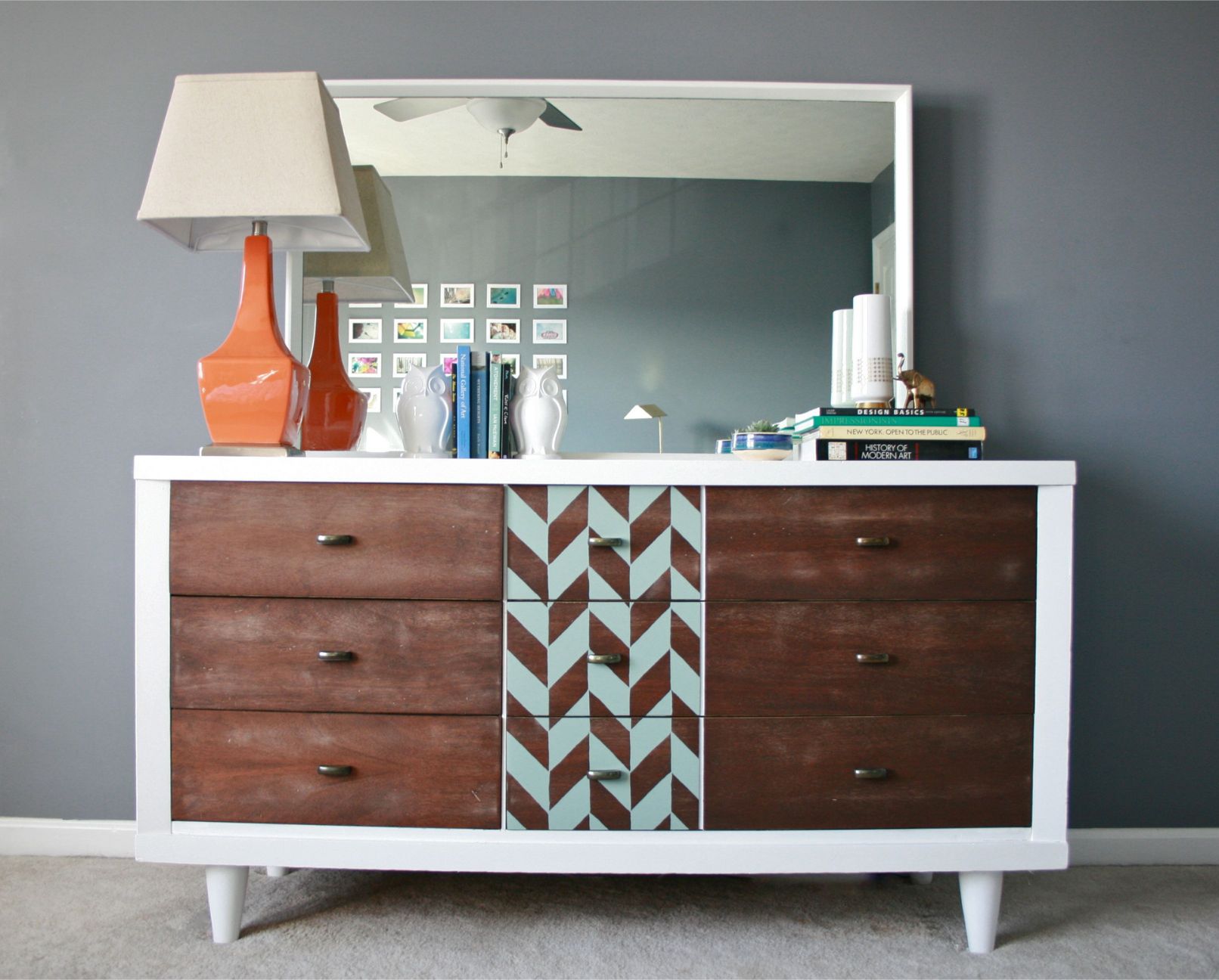
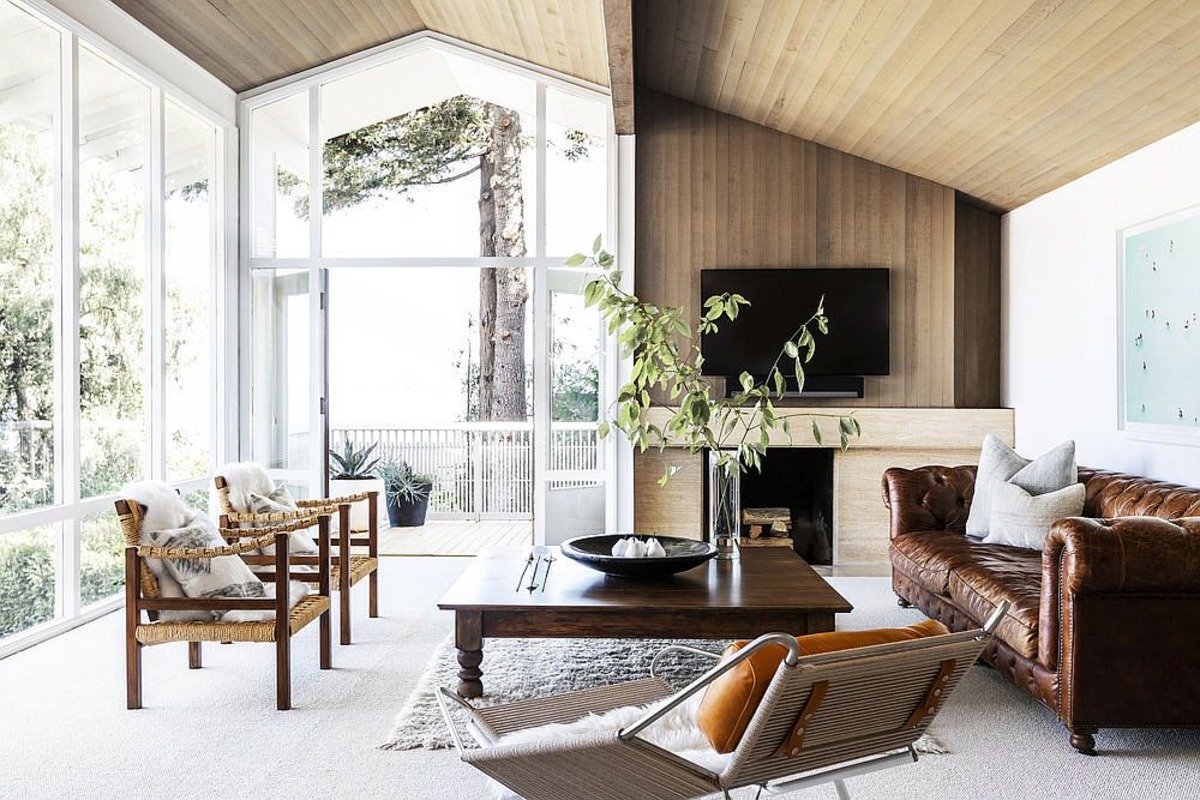
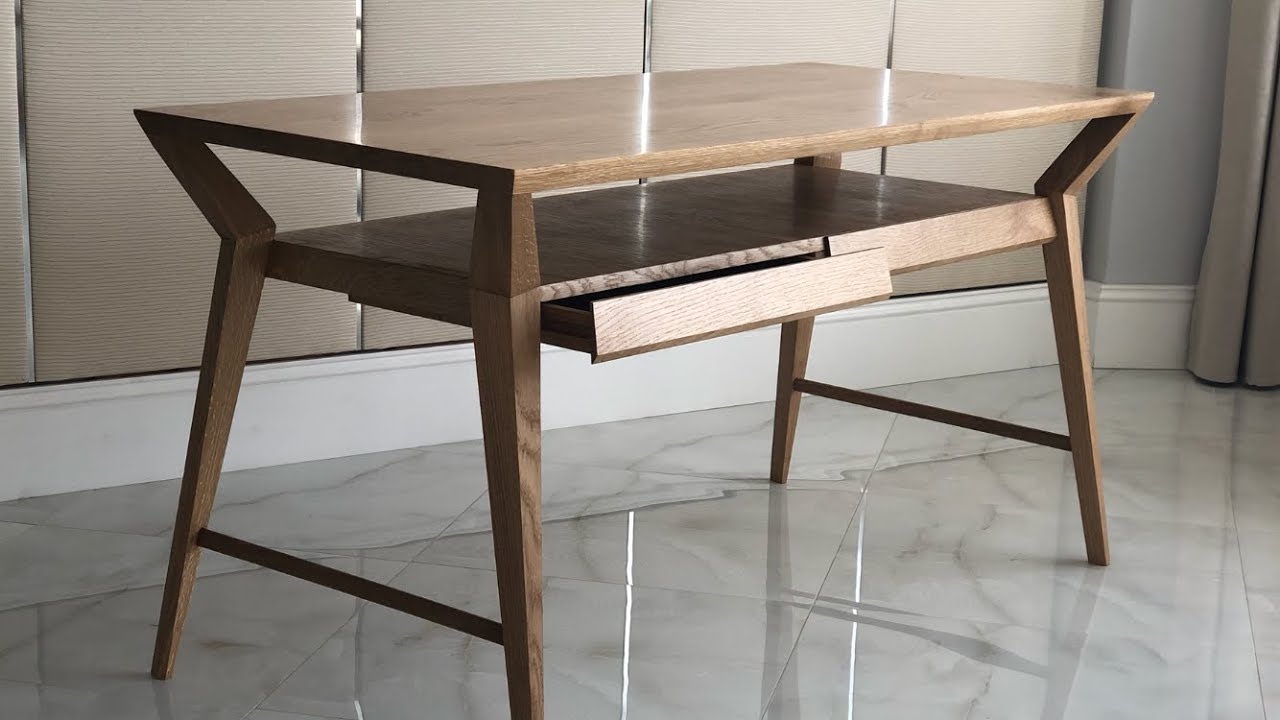
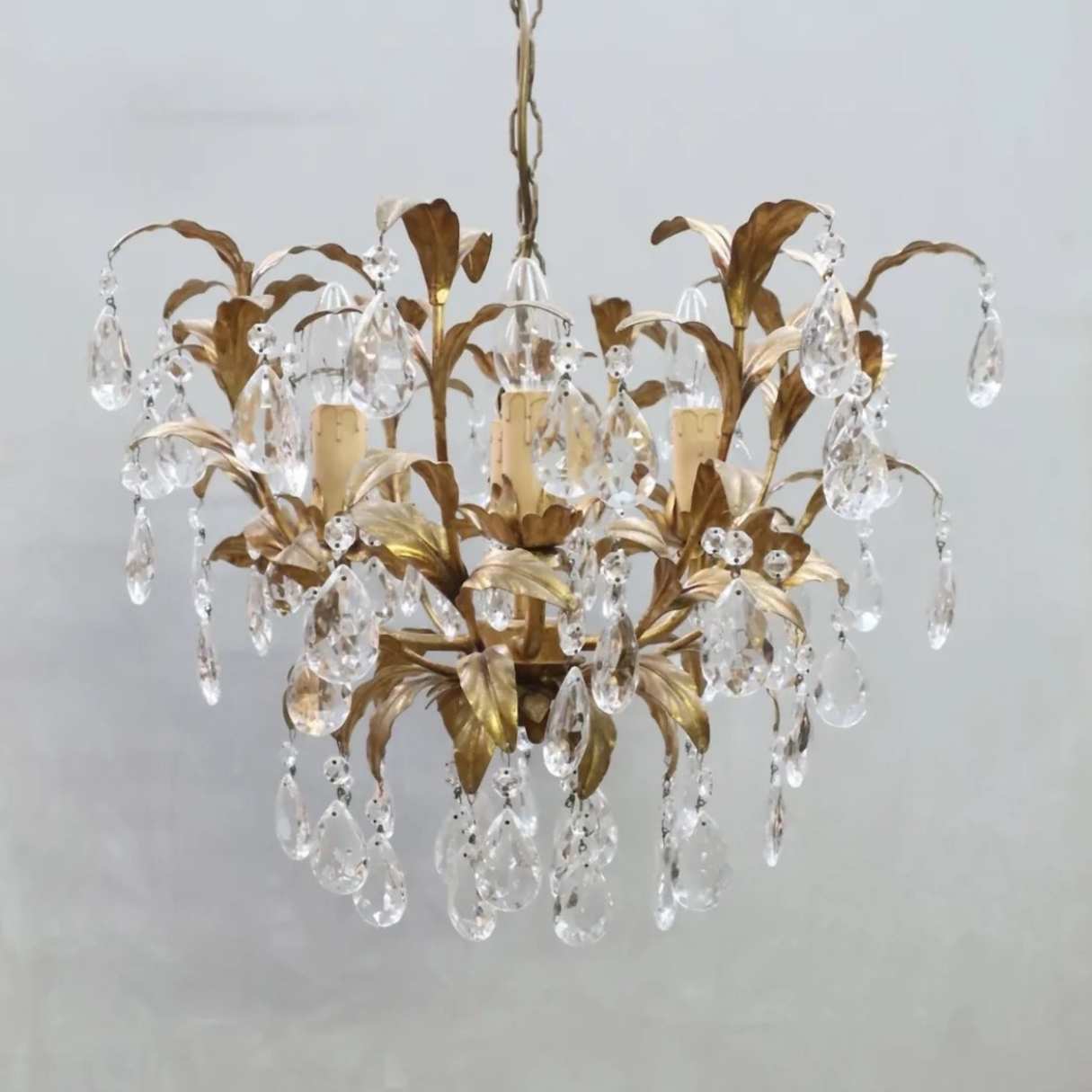
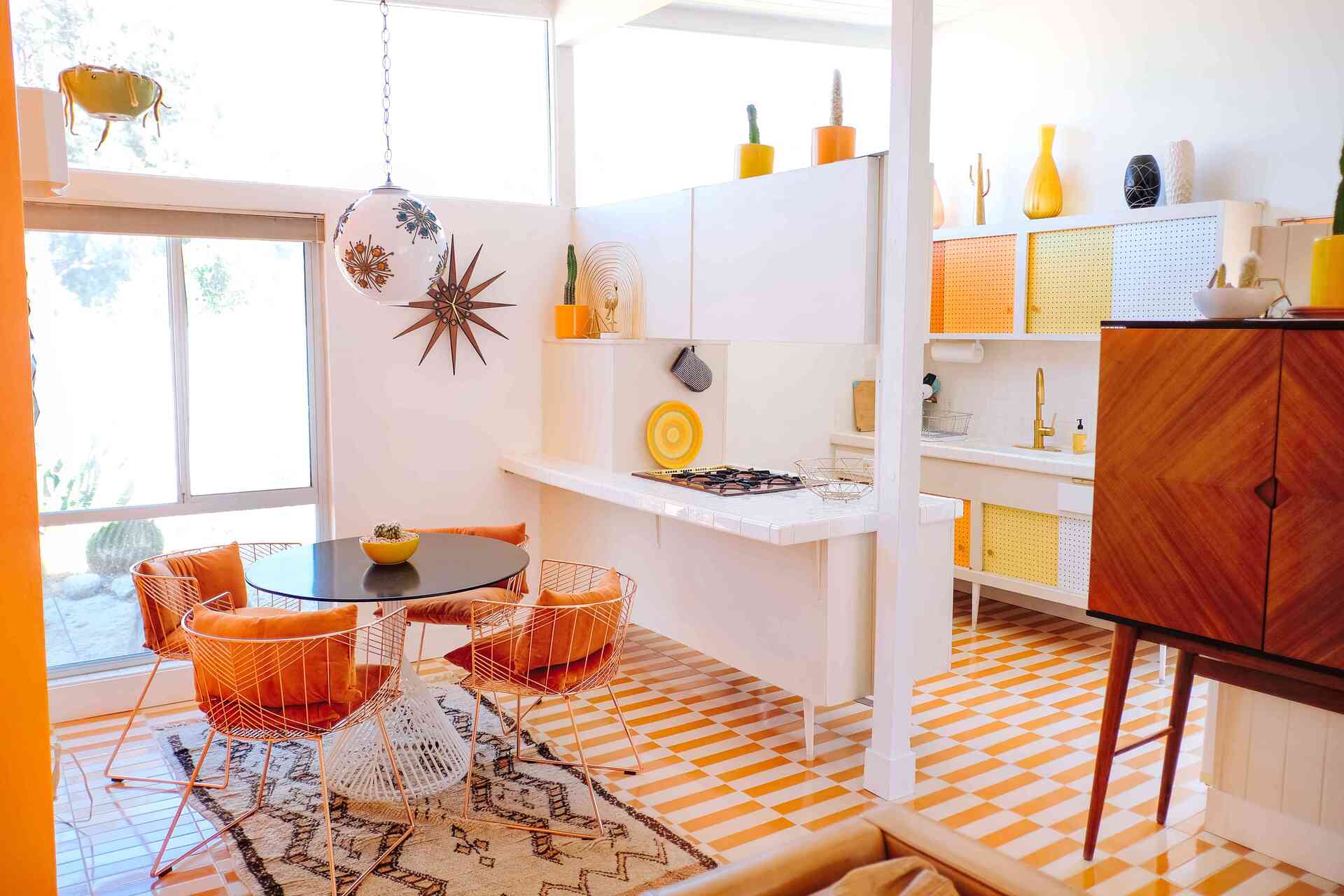
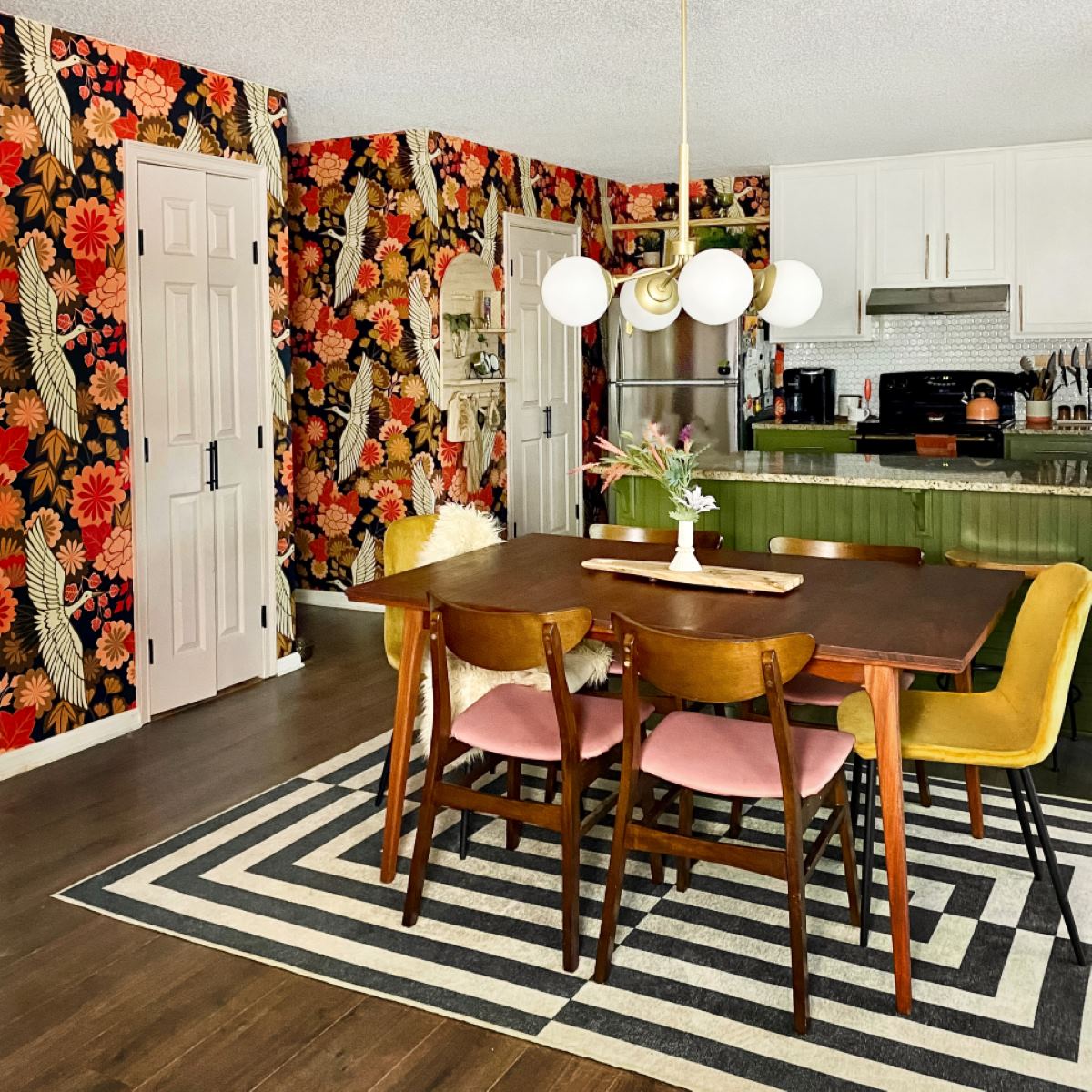
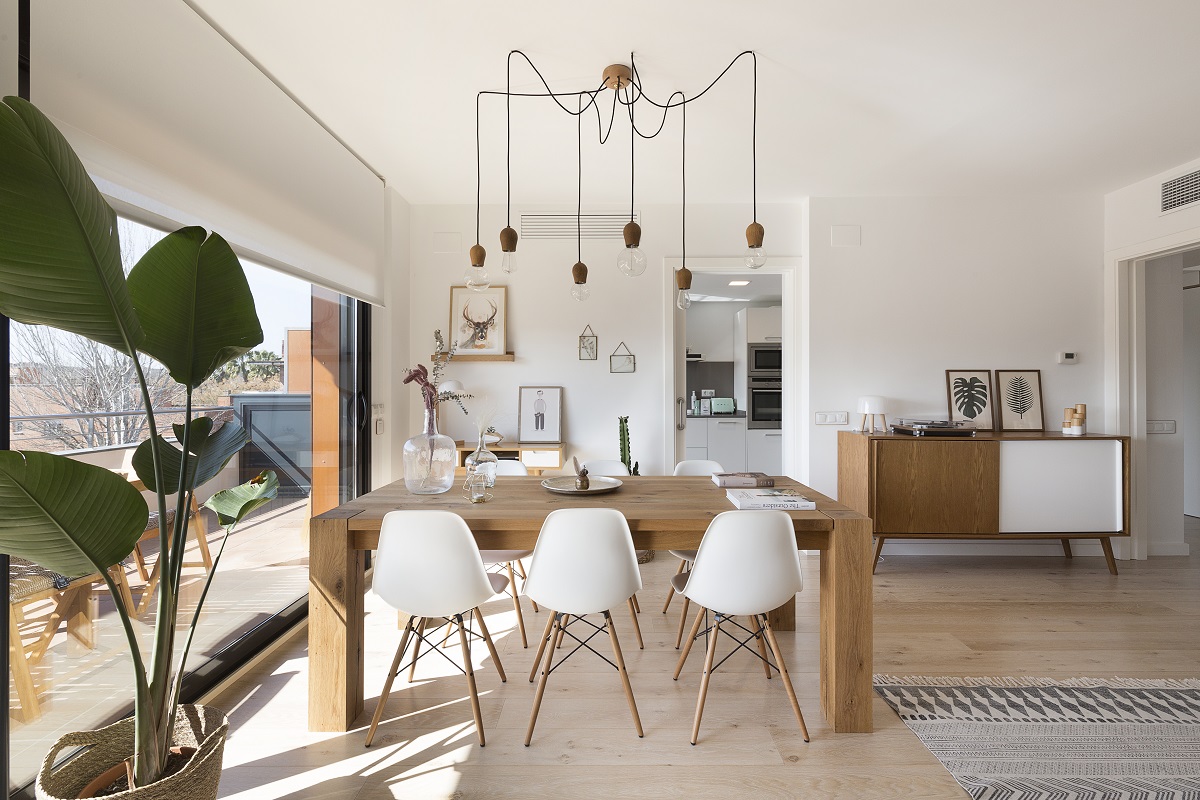
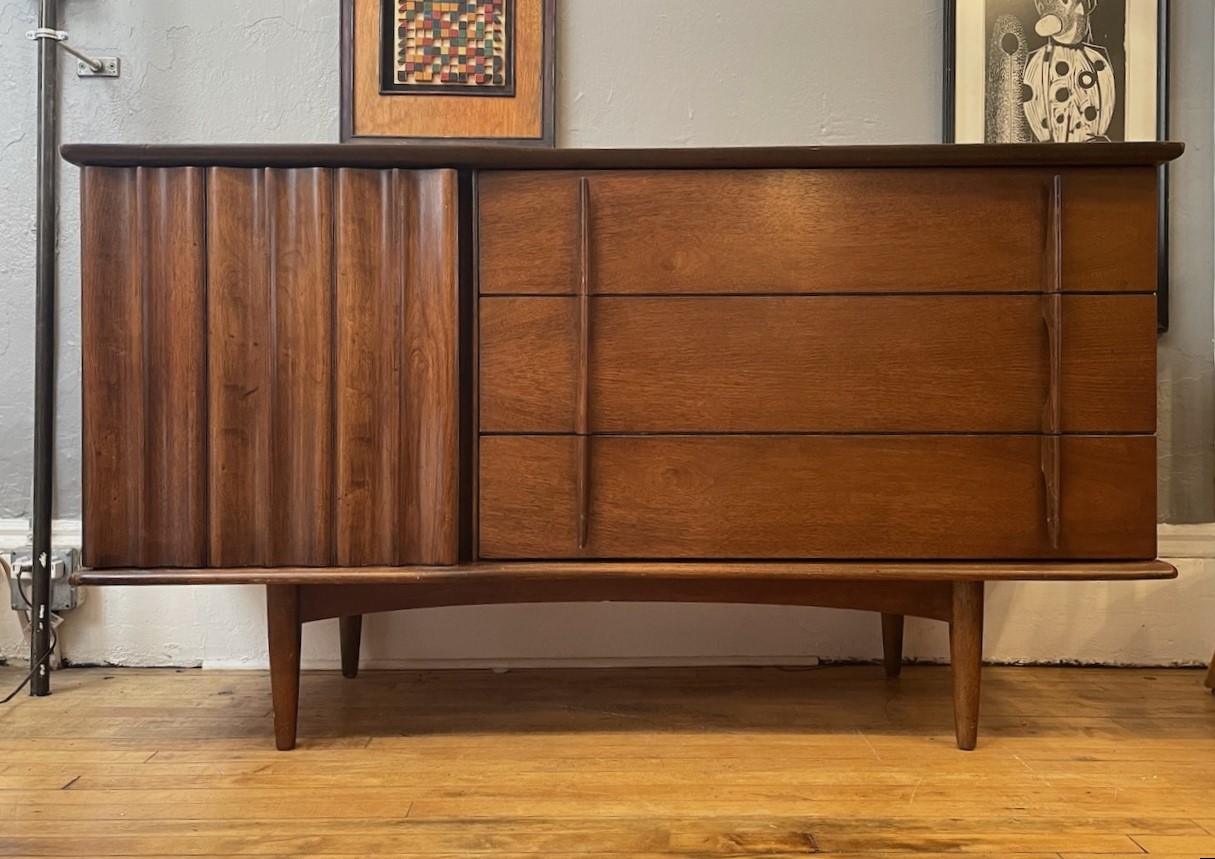

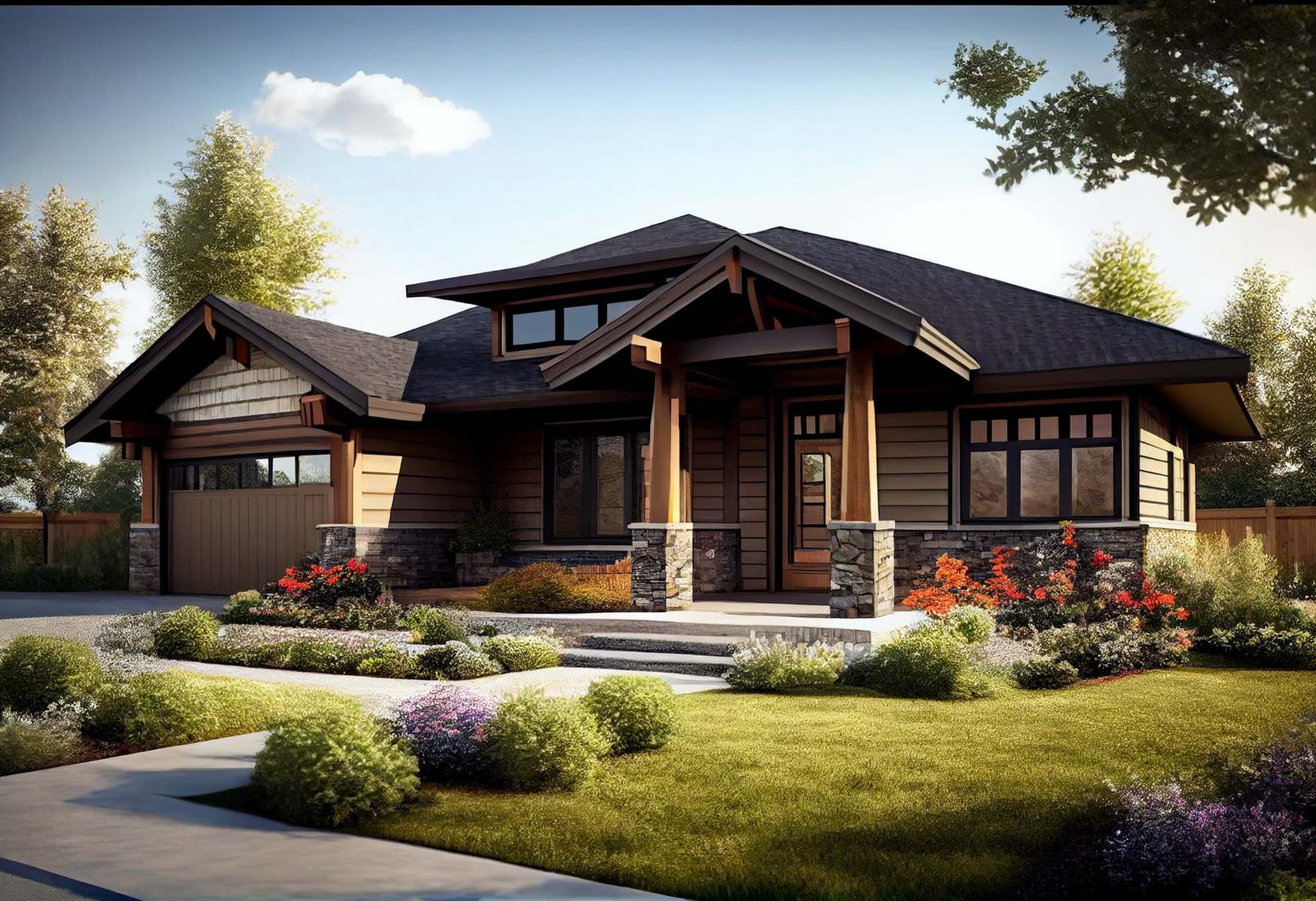
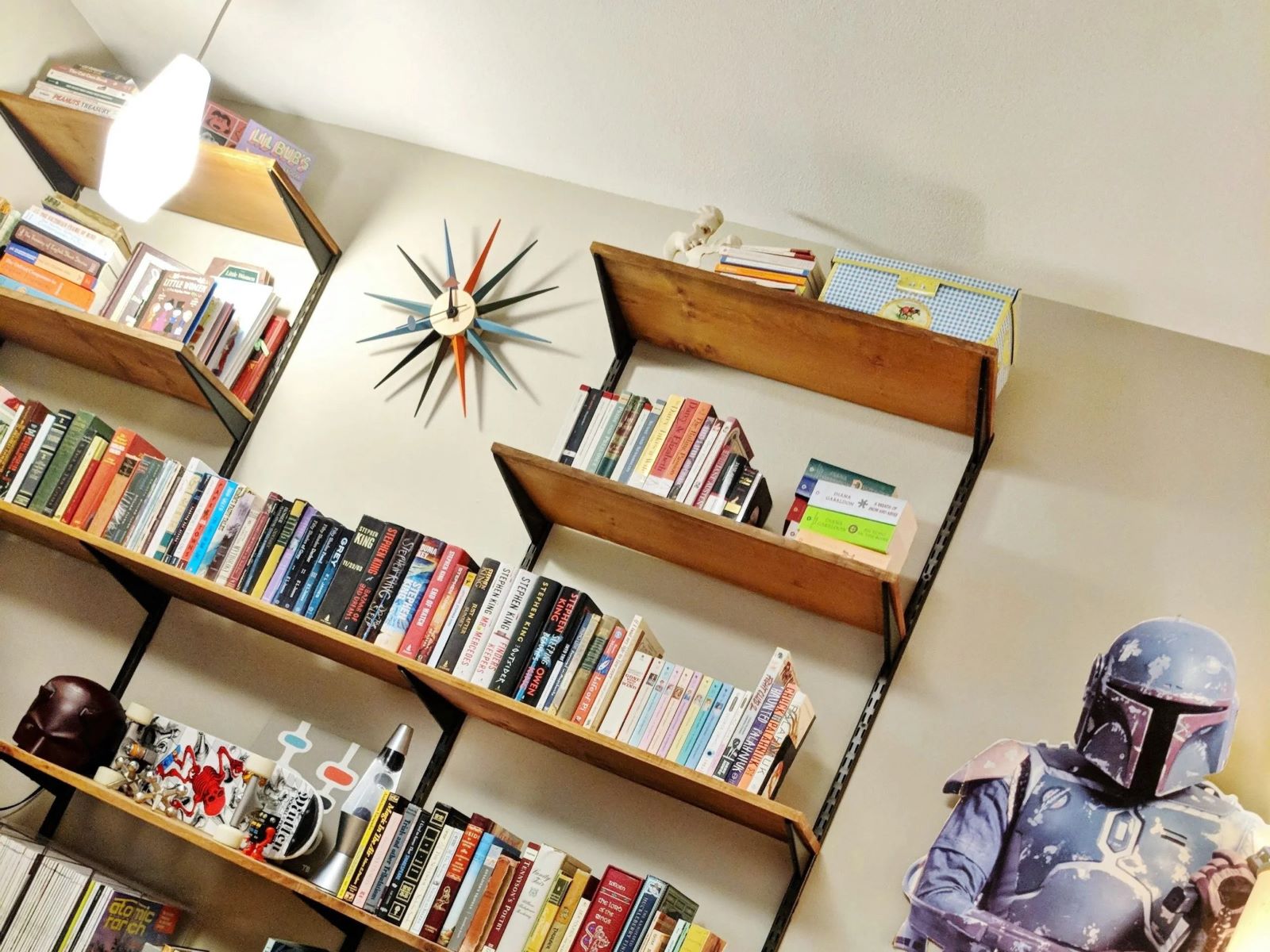
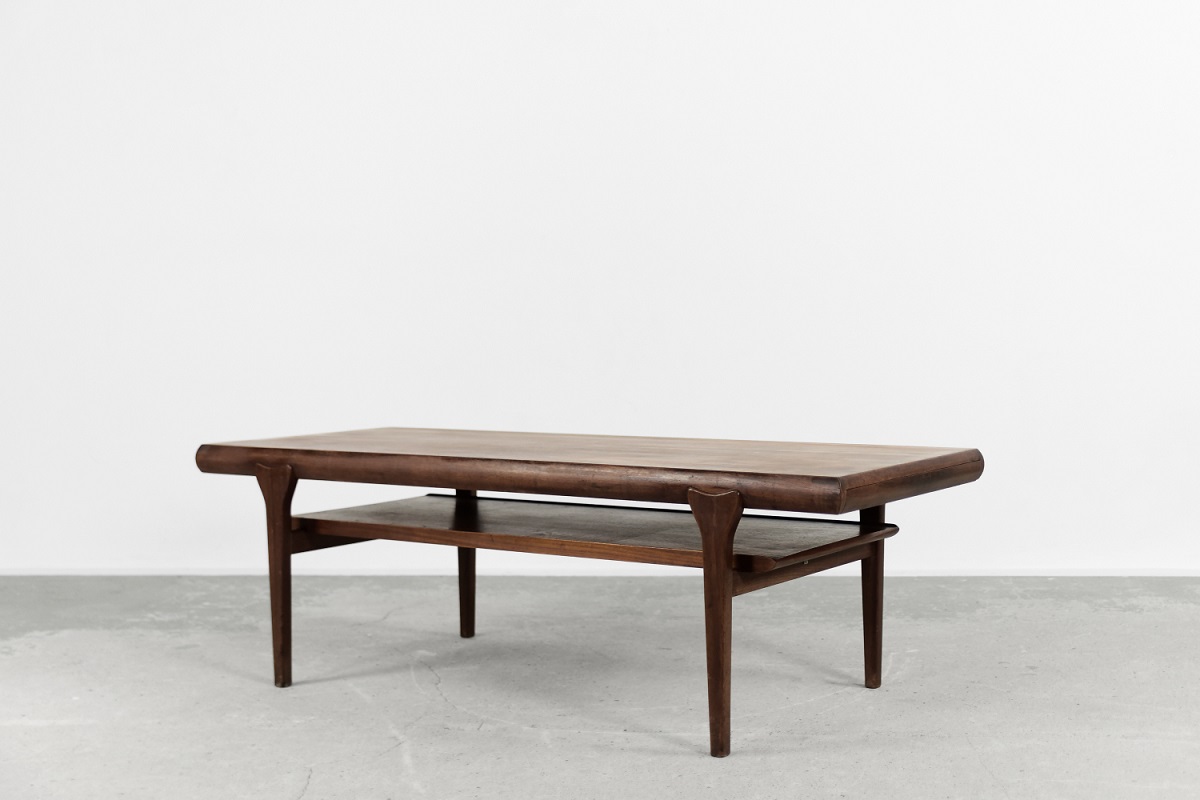
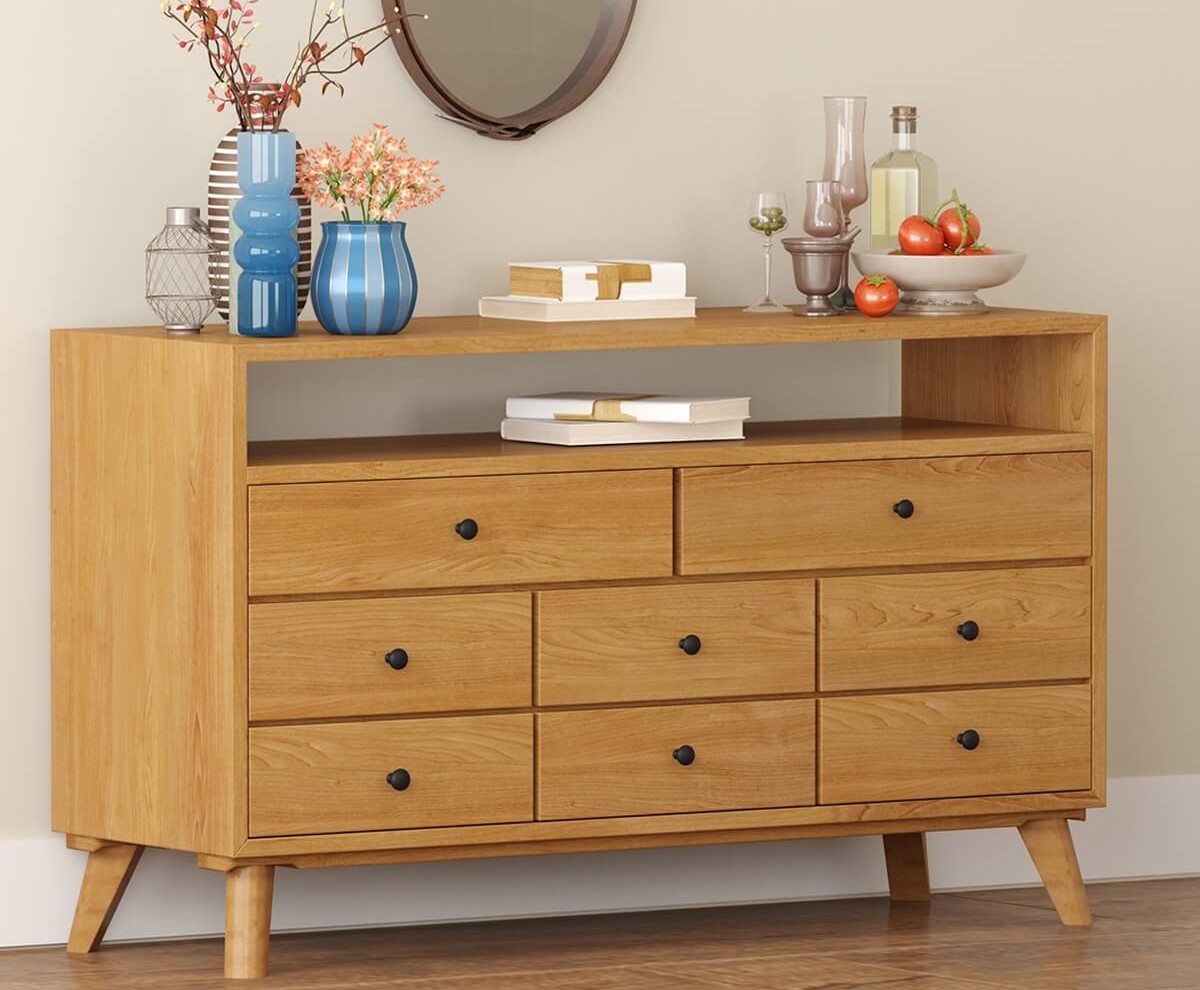

0 thoughts on “How To Add Mid-Century Styling To Design House”